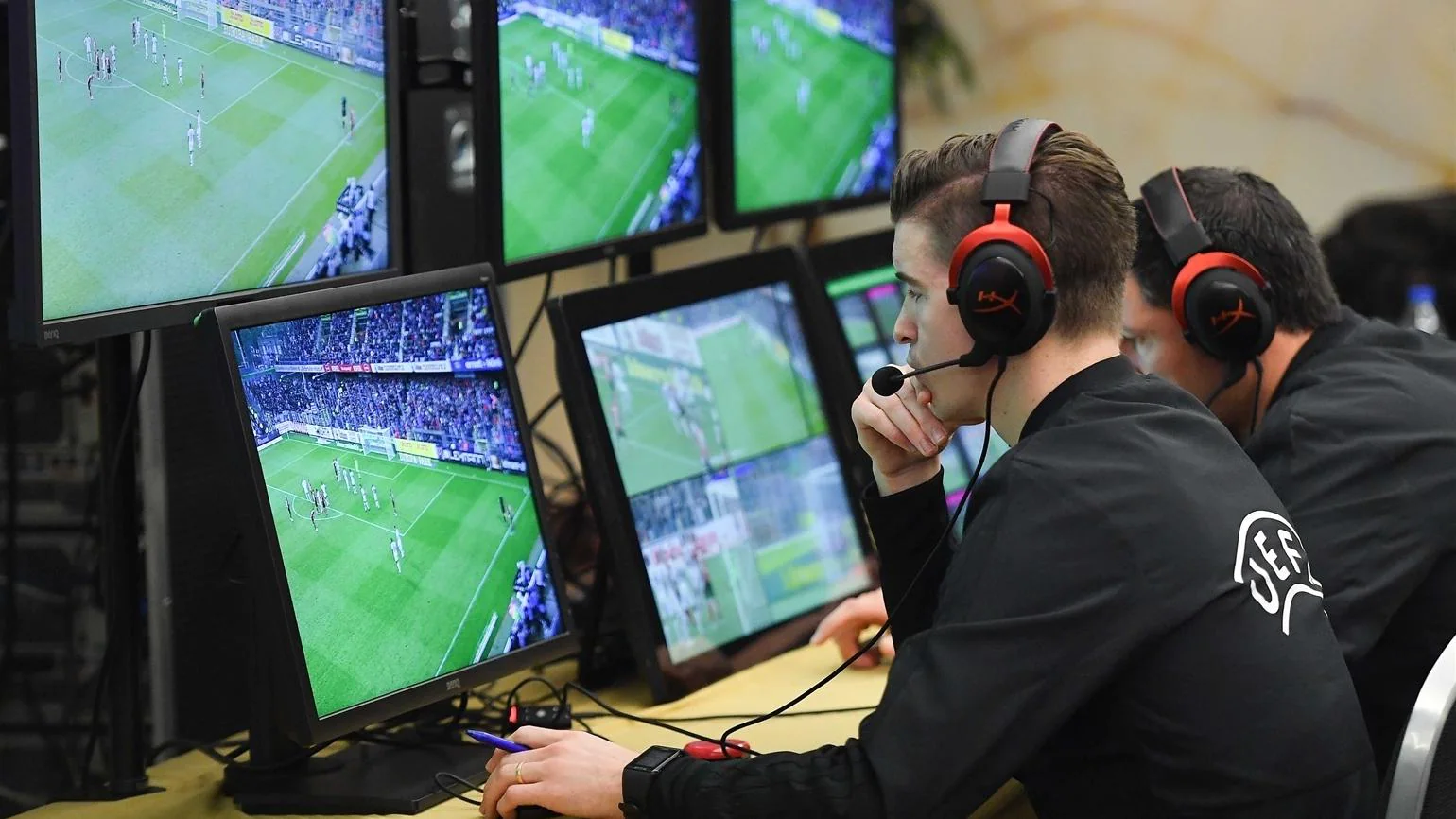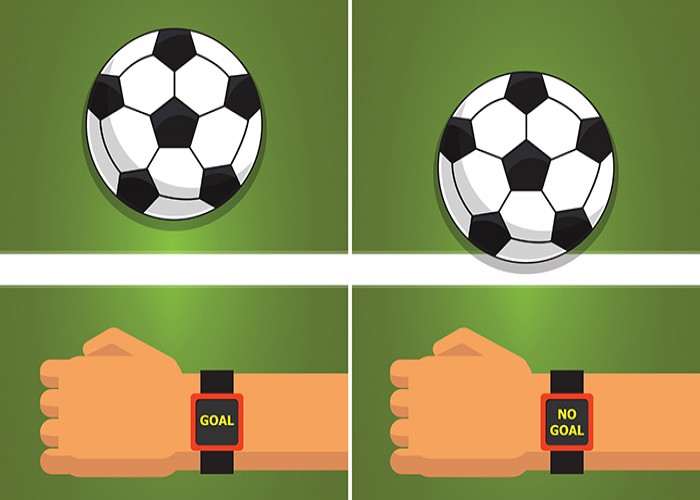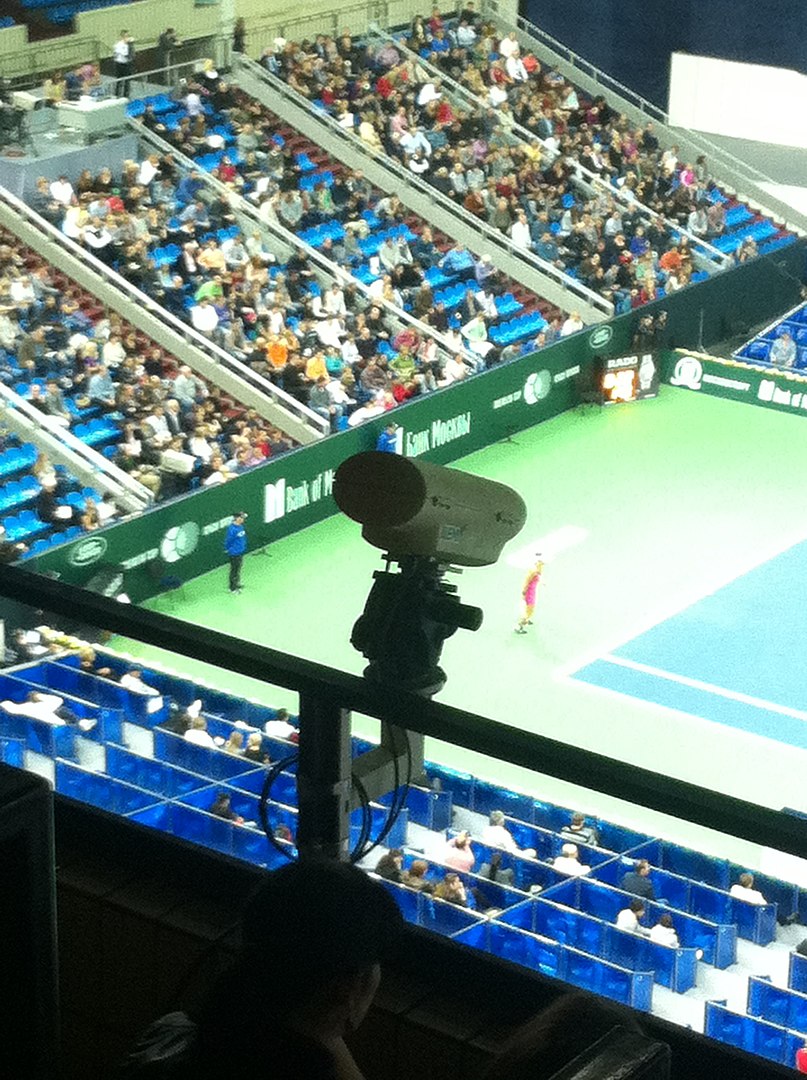How Technology Is Used In Football Today And In The Future
From Hawk-Eye to goal-line technology and video assistant refereeing to electronic performance and tracking systems, this article talks about how technology is used in football.
Author:Daniel BarrettOct 01, 202253.1K Shares769.9K Views

From Hawk-Eye to goal-line technology and video assistant refereeing to electronic performance and tracking systems, this article talks about how technology is used in football.
Every day, new technological advances are made, and it's no secret that these have been used in football and other sports.
But because there are so many football leagues and continental cups, some of them don't use certain kinds of technology because fans or leagues don't like them.
How Technology Is Used In Football
But nine times out of ten, this technology has been very helpful and helped match officials make the right decision. even though it's not always the most popular.
Whether you call it football or soccer, this beautiful and exciting game brings fans from all over the world together.
The technology used at the 2018 FIFA World Cup was almost as impressive as the athletes themselves.
We all know that new technology can make a sport that already has a lot of passionate fans even more controversial and divisive. For the past few years, the video assistant referee (VAR) has been one of the most loved and hated new technologies in football even if some people from medialike Ligadeportiva or ex players criticizes the system.
Goal Line Clock
The most obvious way for football technology to improve would be for the current goal-line technology system to be used in all leagues and at all levels.
Obviously, amateur leagues and Sunday morning kickarounds will never be able to bring it in, but what's available at the top of football should also trickle down, and the cost of putting it in should come from the top.
Smart Ball
A "smart ball" with a sensor (an NFC chip) that was made by the German companies Cairos Technologies and Adidas is a promising idea.
The technology uses a network of receivers all over the field to track the exact location of the ball in real time, including when it has crossed the goal line.
This will also let the match officials know exactly when the ball crosses the goal line, and the information will be shown on the referee's smartwatch.
The official match balls used by European leagues, Major League Soccer (MLS), and other American leagues are the same. Most of the players in the African League are smart.
Smart ball footballs include Brazuca (FWC 2014), Telstar (FWC 2018), Uniforia (Euros 2020), and Nike Strike (Copa America 2020).
The Goal-line System
Part of the referee's job is to figure out if it's a goal or a close call.
Goal-Line Technology was used for the first time at the 2014 World Cup in Brazil. It was also an important part of the technology used at the 2018 FIFA World Cup in Russia.
With Goal-Line Technology(GLT), 14 cameras take pictures at up to 500 frames per second and send them to an image processing system.
The ball's 3D coordinates are tracked, and when the whole ball crosses the goal line, the camera catches it and sends a signal to the referee's watch.
GoalControl still provides the technology for major football tournaments all over the world, just like it did in Brazil.
Goal Reference System
The company Fraunhofer IIS created the GoalRef goal detection system.
This is a radio-based system that uses low-frequency magnetic fields to tell if the ball has crossed the goal line or not.
There are two magnetic fields: one in the goal area, which is made by coils that are attached to the goal, and one inside and around the ball, which is made by a passive electronic circuit that is built into the ball.
The data is then processed and sent to the referee's wristwatch, where a message is shown in real time and the watch vibrates to alert the person.
Hawk-Eye System
The UK company Hawk-Eye Innovations Ltd. put this system into use in 2001, and tests have gone very well. It is the best of the systems that are being made right now.
In tennis and cricket, Hawk-Eye has already been used to make calls. The football version has been tested a lot, and it has done very well in those tests.
The Hawk-Eye system has three cameras that are pointed at each goal line. Each camera takes 600 frames per second of video.
Hawk-Eye can tell for sure if the ball has completely crossed the line, and it can tell the central referee with a beep that the ball has crossed the line within half a second.
Since the referees in the Premier League wear headsets, it's easy to get the message to them. In other leagues, the signal can be received in different ways, such as through a watch.
Video Help For The Referee (VAR)
At the 2018 FIFA World Cup in Russia, a new type of video technology called the Video Assistant Referee was used to help with officiating.
The goal was to find mistakes that hadn't been found earlier in the game. From a central video operations room in the stadium's international broadcast center, the VAR team helps the referees.
The group is made up of one video assistant referee, three assistants, and four replay operators. They have access to all 33 camera feeds covering the games, as well as two special offside cameras that no one else has.
CNET says that there are two cameras on the refs so that everyone can see how they make their decisions.
This technology is only used when a call could have changed the outcome of a match. If there was a "clear and obvious mistake," the team talks to the refs on the field, who can stop the game at any time to talk to the VAR team.
Electronic Systems For Performance And Tracking (EPTS)
Electronic Performance and Tracking Systems (EPTS) are used to control and improve player and team performance. These systems use camera-based and wearable technologies.
EPTS mostly keep track of where the players and the ball are, but they can also be used with microelectronic devices like accelerometers and gyroscopes, heart-rate monitors, and other devices to measure load or physiological parameters.
These devices are used with microelectromechanical devices to measure inertial loads and other medical information. There are three EPTS units on each team.
One is for an analyst in the stands, another is for an analyst on the bench, and the third is for the medical team.
Optical tracking cameras watch the players and the ball and send back information. It works with systems that use cameras and wearable technology.
People Also Ask
How Does Technology Influence Football?
The footballs used to be made of leather, but now they are made of rubber or plastic bladders with plastic covers. Designed by teams of engineers, footballs are more aerodynamic (they are lighter) and easier to use. For example, you might be able to get more curve or power out of a ball depending on how you throw it.
Which Technologies Are Currently Used In Soccer?
- Some of the technological advancements in soccer have raised eyebrows in recent years.
- Goal Line Technology.
- Smart Ball System.
- Hawkeye System.
- Goal Ref System.
- VAR – Video Assistant Referee.
- Foam Technology.
When Was Technology First Used In Football?
In the 1980s, when video analysis came along, technology really started to make its way into the world of football. Coaches and players could watch their games over and over again, breaking them down and seeing plays from a whole new angle.
Conclusion
So what's next for football technology? Virtual and augmented reality have been talked about a lot. The possibilities are endless, from adding holograms to the pitch to multi-sensory headsets for viewers and computer referees.
How is technology technology used in footbal has changed the game at an alarming rate, it will only be a matter of time before it is used to improve the biggest and most popular sport in the world.
But it has its own problems, and it can be hard to implement on such a large scale. Still, the next ten years will be fun for football players, teams, experts, and fans alike.

Daniel Barrett
Author
Daniel Barrett is a tech writer focusing on IoT, gadgets, software, and cryptocurrencies. With a keen interest in emerging technologies, Daniel offers expert analysis and commentary on industry trends. Follow him for authoritative insights into the latest tech innovations.
Latest Articles
Popular Articles

